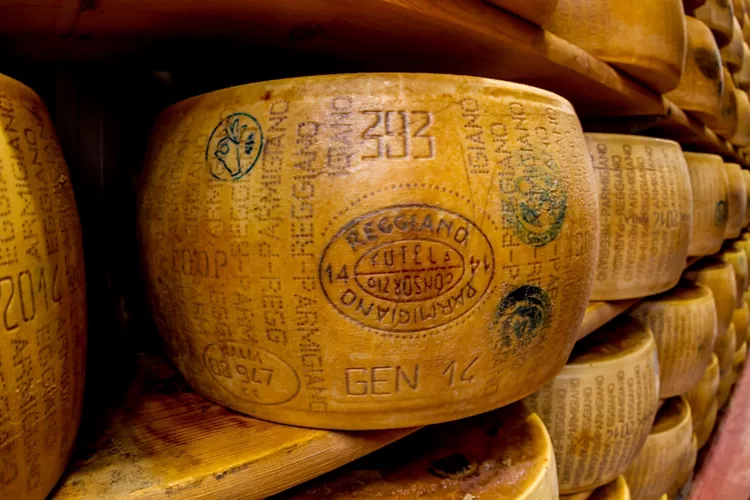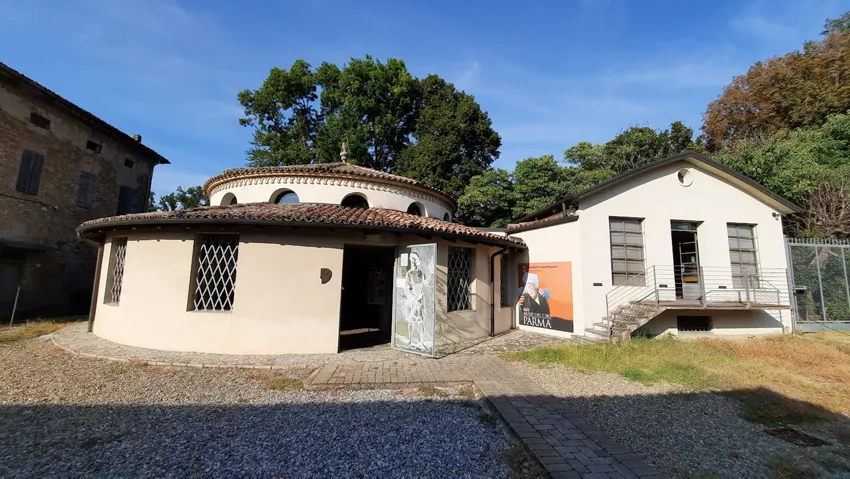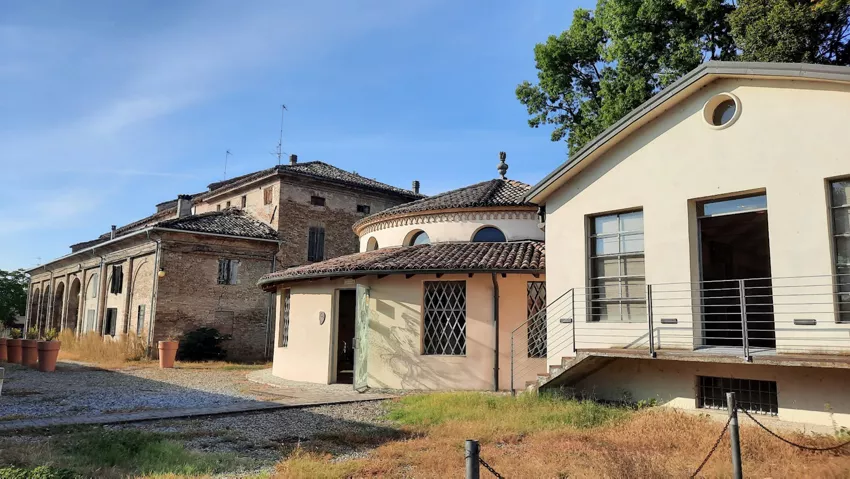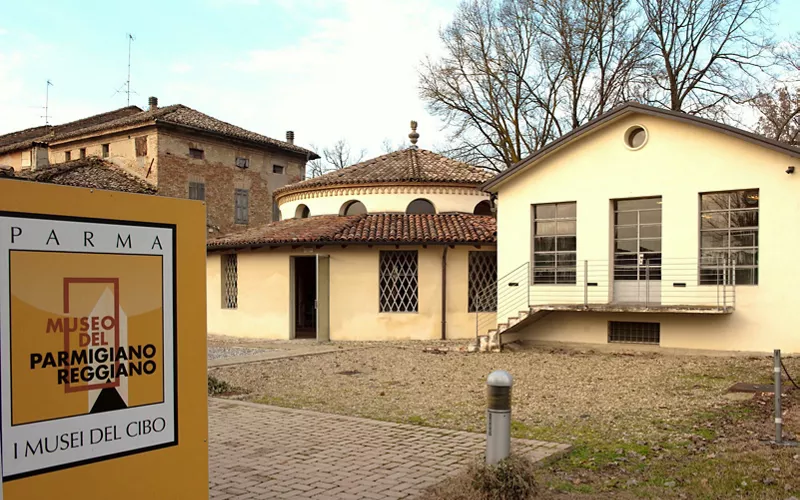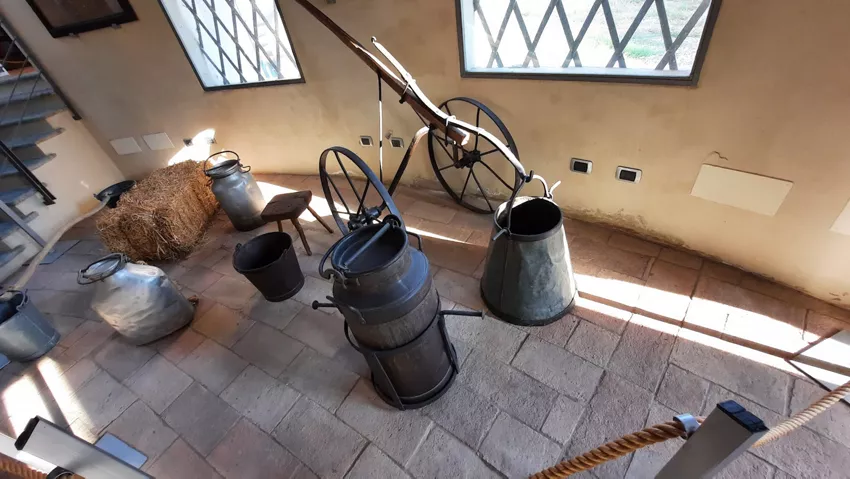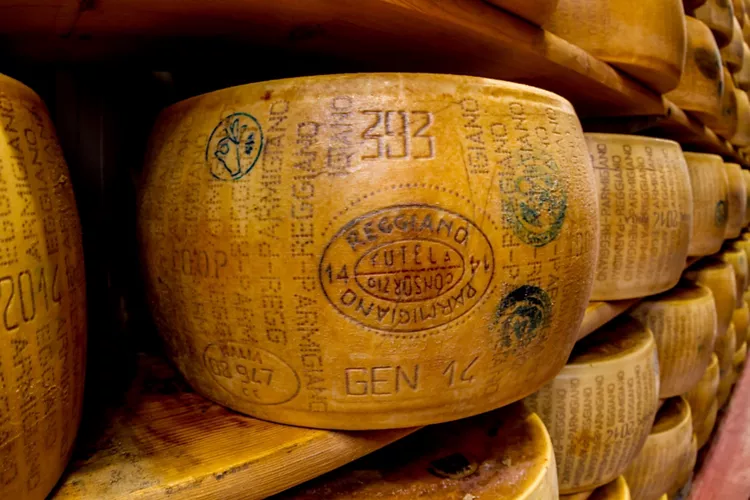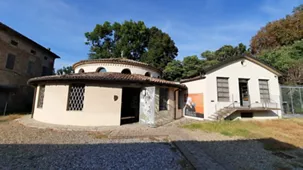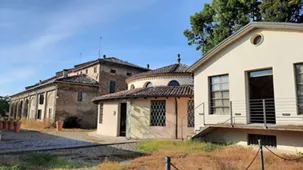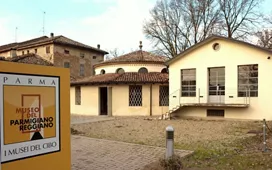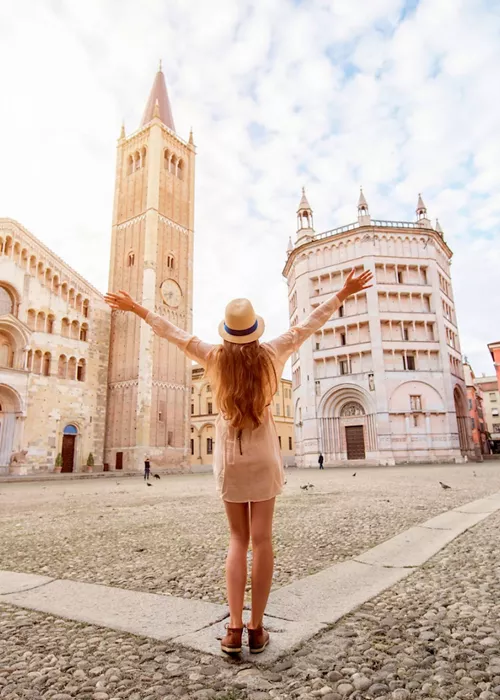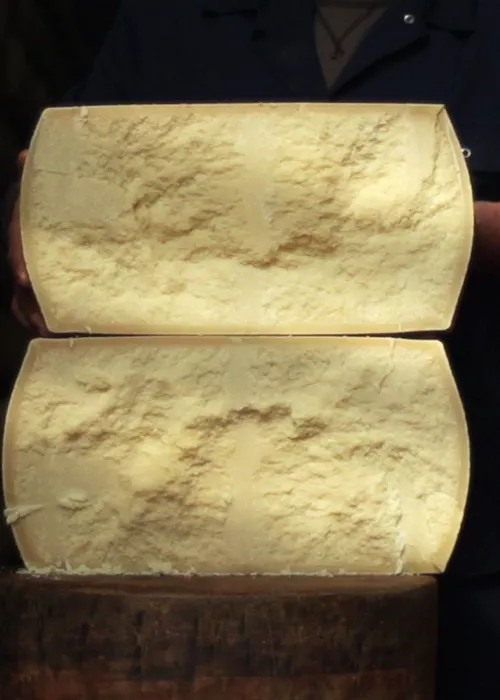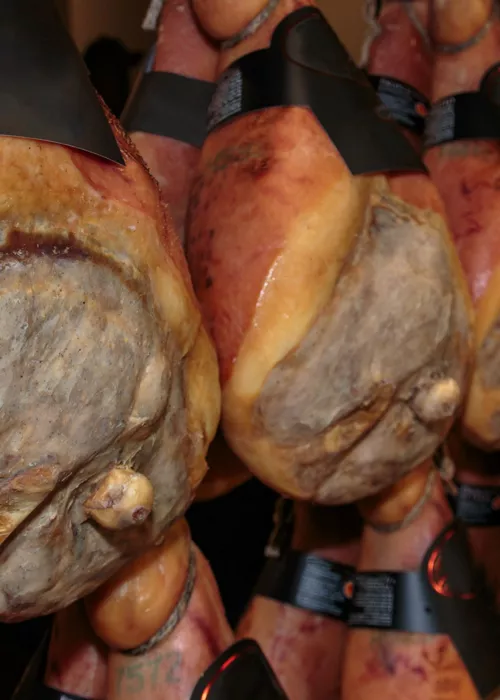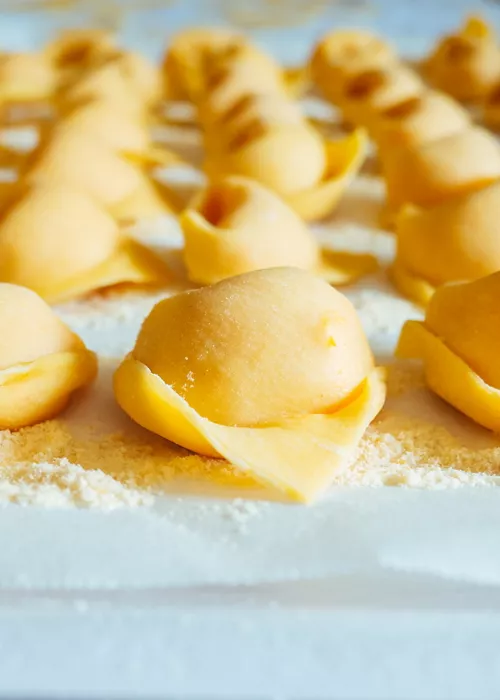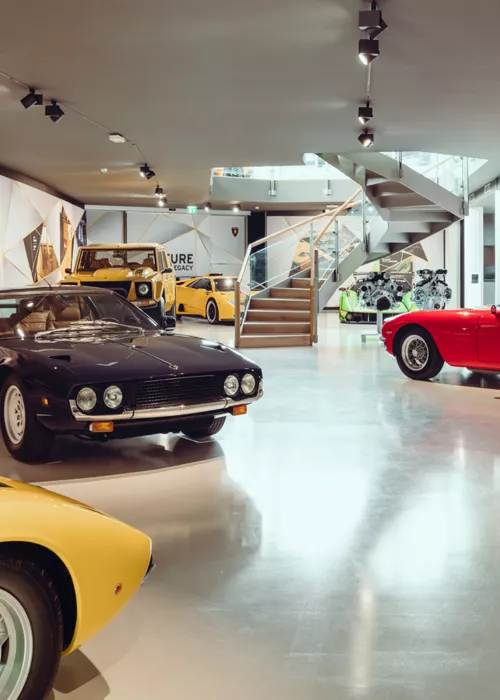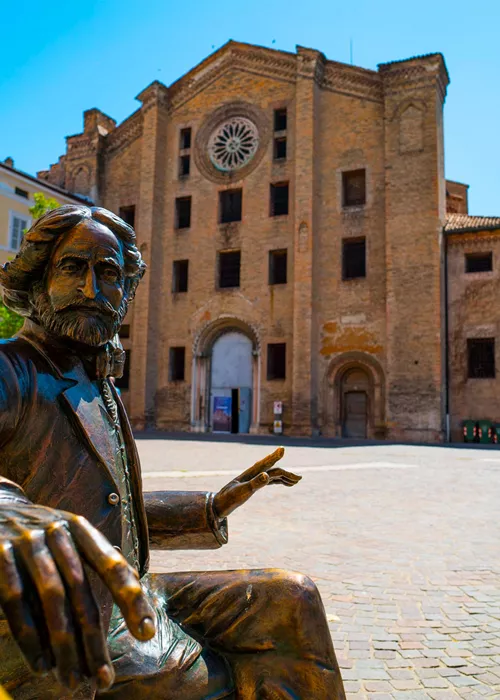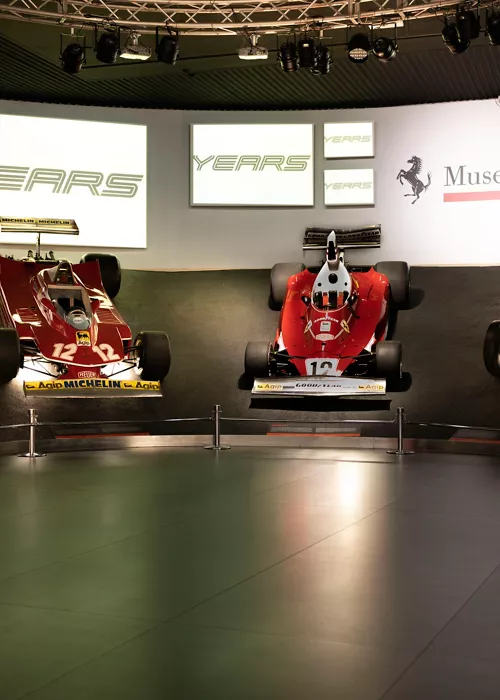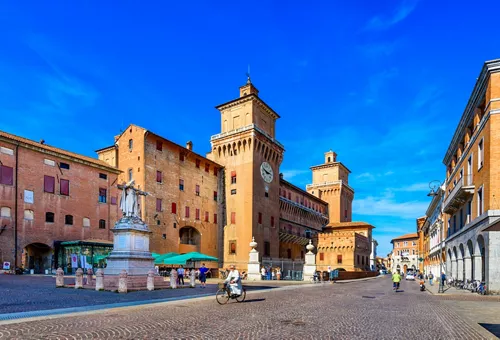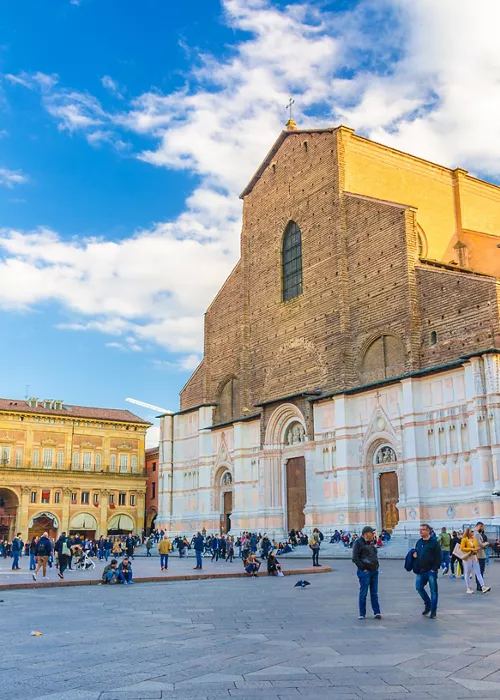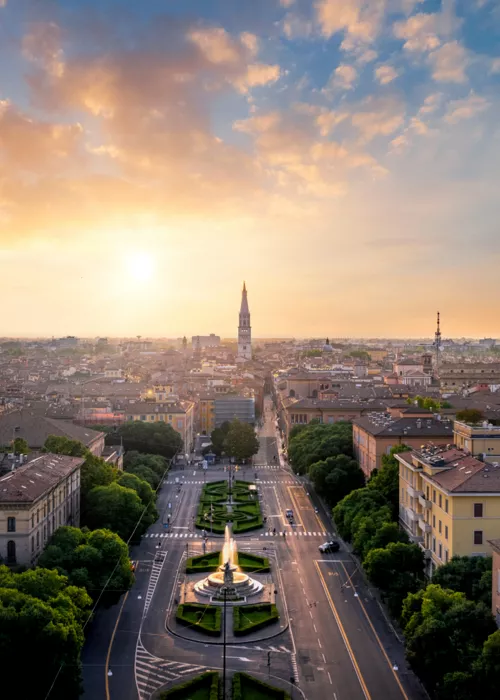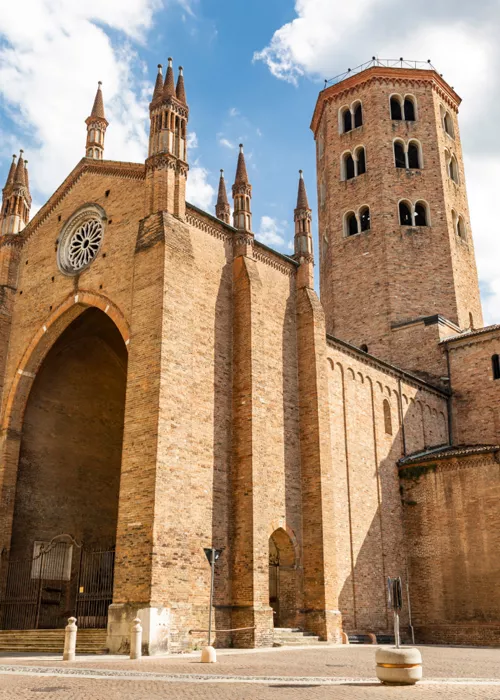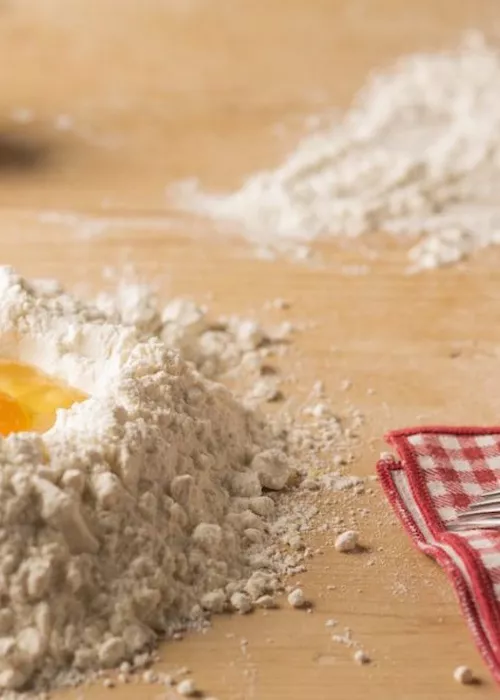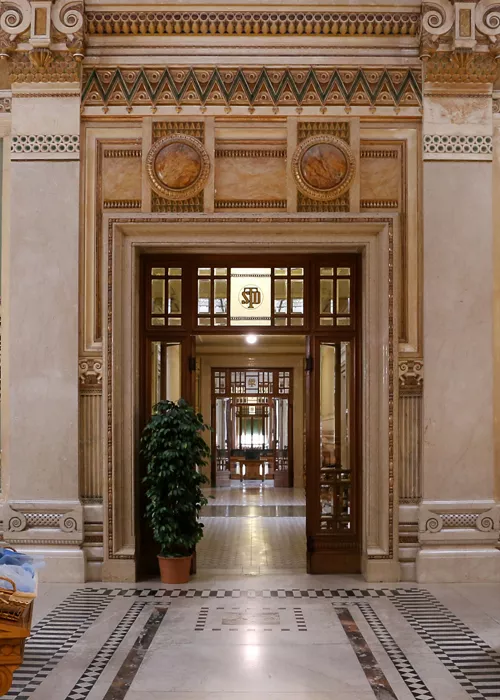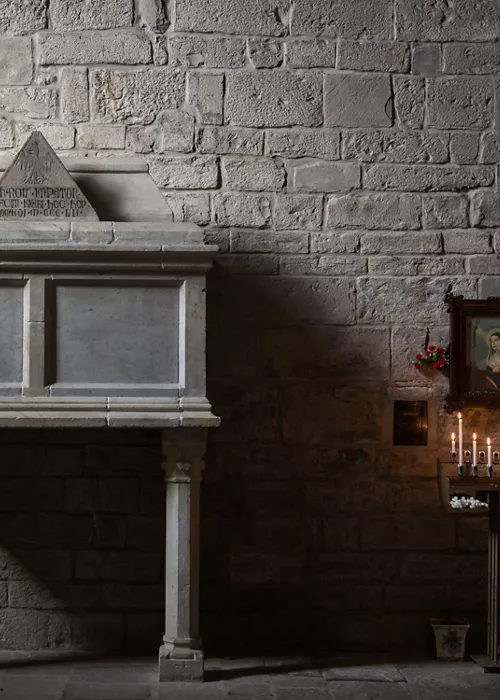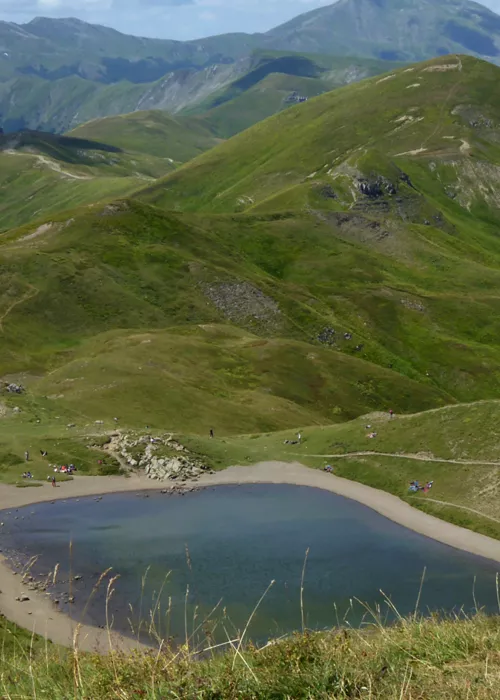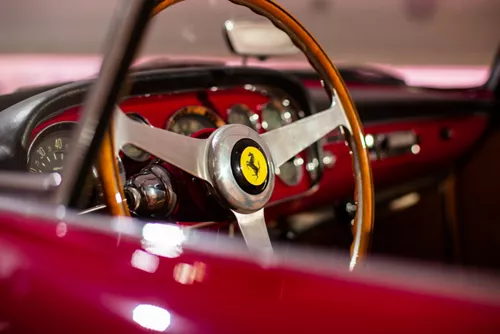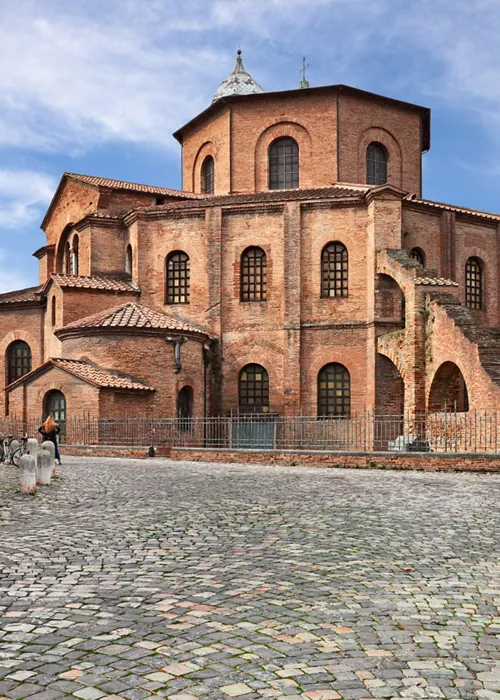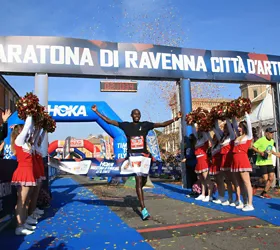The Parmigiano Reggiano Museum in Soragna: a break full of history and taste
In one of the four Food Museums in the Parma area, you’ll learn everything there is to know about one of the most beloved and imitated typical Italian products: the Parmigiano Reggiano Museum is in Soragna, in an old cheese factory, where a journey into the taste and tradition of Parmesan cheese awaits you.
A cheese factory in a castle
The location is already special, because it’s located in the shadows of Meli-Lupi di Soragna Castle, a lineage of Lombard origin that still inhabits it. A stone’s throw away is the village square, surrounded by a green area dotted with other castles. A fairy-tale scenario.
The 18th-century complex that houses the museum is called Castellazzi. It includes a farmhouse with a cross-vaulted barn, an old barn and, of course, the cheese factory with its distinctive round shape. It’s surrounded by other small, rustic buildings and feels like entering another time. The oldest part of the dairy dates back to 1848.
The museum tells the story of Parmesan cheese production through 120 objects from the 1800s to the first half of the 1900s, as well as period photographs and drawings showing how the processing and maturing techniques evolved. The ancient copper boiler, the heart of the dairy, lies in the centre. don't forget to taste the cheese in the tasting area at the end of the tour!
The Parmesan cheese appreciated by Boccaccio
As early as 1344, Giovanni Boccaccio mentions Parmesan cheese for seasoning ravioli and macaroni in his Decameron. But the history of Parmesan dates back to more than a century earlier, when the Cistercian and Benedictine monasteries were mainly responsible for cheese production in the area.
It has never stopped being produced since. The technologies available have changed, but not the tradition. It is still made by cheesemaker's hands, only with milk from cows with a very careful diet, to which whey and rennet are added: nothing else! However, the resulting cheese is not ready just yet, as the last ingredient is time: it will rest for 24 months before arriving on the table.
A stroll in Soragna
Soragna has many stories to tell. Its roots go back to the Neolithic period, pass through the Longobards and throughout the Middle Ages. In 1700 it even became a Principality of the Holy Roman Empire.
Start your visit at the Rocca di Soragna surrounded by an English-style garden. Splendid frescoed rooms with original Baroque furnishings can be found inside. Then lose yourself among the narrow streets of the village.
Sights: the Church of the Blessed Virgin of Carmine with its Carmelite convent from the 1600s, the Oratory of St Anthony of Padua, the Shrine of the Holy Family and the elegant neoclassical synagogue. Soragna has had a rich Jewish community since the 16th century.
The Taro Bridge
The hamlet of Taro Bridge lies in the verdant setting of the Taro River Park. The main attraction is the large monumental bridge. The first crossing had already been built here by the Romans. Destroyed several times, it was rebuilt in 1170 and again in 1235 when an exceptional flood took it away. The current one dates back to 1816 and was commissioned by Duchess Maria Luisa of Habsburg-Lorraine.



